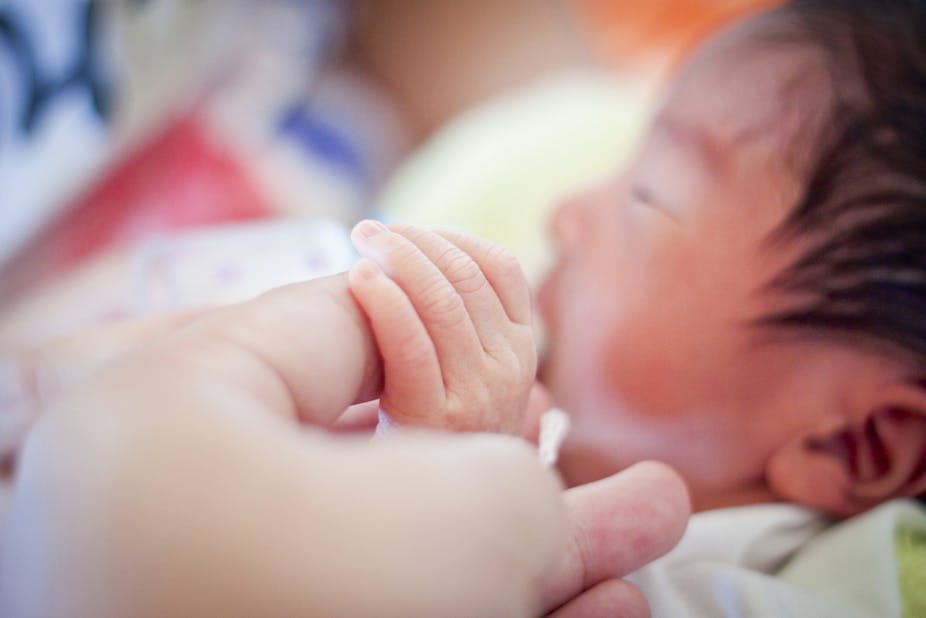The Council of Europe’s resolution earlier this month to prohibit the circumcision of infant boys for religious reasons has ignited another round to the “foreskin wars”. This time it’s about the rights of religious freedom and autonomy versus the right of individuals to retain “physical integrity”. As usual, different groups are shouting that my human rights are more important than yours.
The Council’s new Childrens’s Right To Physical Integrity notes the parliamentary assembly is
… worried about a category of violation of the physical integrity of children, which supporters of the procedures tend to present as beneficial to the children themselves despite clear evidence to the contrary. This includes … the circumcision of young boys for religious reasons…
The resolution is based on a report by German MP Marlene Rupprecht who apparently wants to see Europe comprehensively ban the non-therapeutic circumcision of minors. That call is consistent with moves in Germany and Sweden to criminalise that circumcision.
But while the Council of Europe represents governments in regional policymaking, the resolution isn’t legally binding; nor is it recognised in the major international human rights agreements. The resolution has since been disavowed by the Council’s President and unsurprisingly condemned by the governments of Israel and Turkey, along with a range of human rights scholars.
So, how is the debate playing out in Australia? And are there likely to be any flow-on effects of the resolution?
Local debate
According to the Royal Australasian College of Physicians, rates of male circumcision have fallen in Australia in recent decades, with 10% to 20% of newborn boys undergoing the procedure.
Locally, there’s disagreement among medical practitioners about the procedure, with some arguing that circumcision poses unacceptable risks to the newborn or adolescents, or is unnecessary. Contrary to hyperbole, we are not seeing many instances of death through infection or other problems.
Others argue it reduces the incidence of conditions such as herpes and HIV and should be seen as preventive surgery. Overall there’s no consensus, so we watch duelling professors making claims about risk, harm and benefit.
We’ve also seen recurrent and noisy expressions of “foreskin pride” or “intactivism”, often linked to rhetoric about physical integrity as a human right.
We don’t have definitive statistics, but circumcision appears to be a standard practice for many in the Jewish community and among Australia’s growing Islamic community. For those communities, the surgery is an important aspect of faith and belonging.
Circumcision of babies and minors on the basis of ethno-religious affinity (as a symbol of faith or culture) is legal in Australia. That was recognised in the Tasmanian Law Reform Institute’s three-year review which considered whether to change the law. The 2012 report recommended:
A general prohibition on the circumcision of incapable minors with an exception for well-established religious or ethnicity motivated circumcisions.
The report highlights that people often have very strong views and that there is debate about how we conceptualise conflicting claims regarding human rights.
Balancing rights
The circumcision debate raises questions about how we construe rights, responsibilities and Australia’s respect for cultural diversity. As a practice, non-therapeutic circumcision is of no concern to some people, is viscerally opposed by others, and fundamentally important to others as an embodiment of faith and belonging.
Understandably, some members of Australia’s Jewish and Islamic communities wonder whether proposed prohibition of circumcision signals both a profound disrespect for their faith and an attack on their cultural identity. They plausibly argue that a ban would disregard their human rights (and those of their children) – a disrespect of something that gives meaning to their lives.
The European resolution isn’t Australian law. It is interesting, however, as an illustration of tensions in thinking about rights and discrimination. It is likely to be invoked in Australia through local calls and support for a ban in infant circumcision.
Once the latest battles in the foreskin wars are over, we’re likely to see a regime in Australia where employees of public hospitals refuse to conduct non-therapeutic circumcisions. Administrative guidelines will act as a “soft” substitute for law. And parents will rely on private practitioners, particularly practitioners within their communities. Exclusion is discriminatory.
Meanwhile, bioethicists and lawyers will continue to disagree about therapeutic and non-therapeutic values because there is an inescapable tension in how we think about harm, autonomy, and competing claims for rights. What are the rights of children, including psychological well-being associated with “belonging”? Do we necessarily favour physical integrity over respect for cultural difference?
One conclusion is that we need to be wary about easy answers in relation to human flourishing, diversity and the “right to health”.

